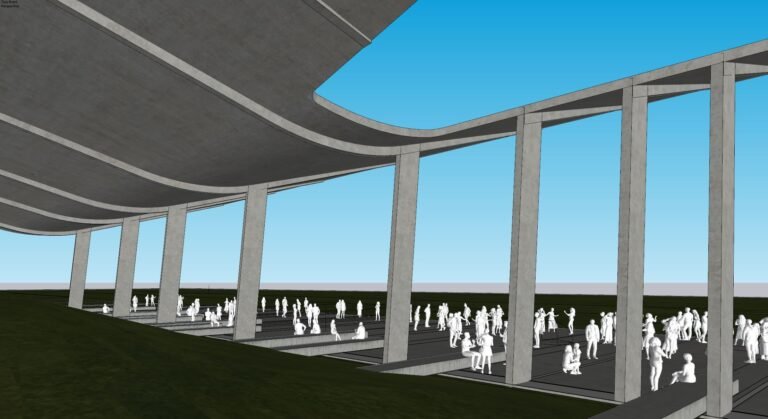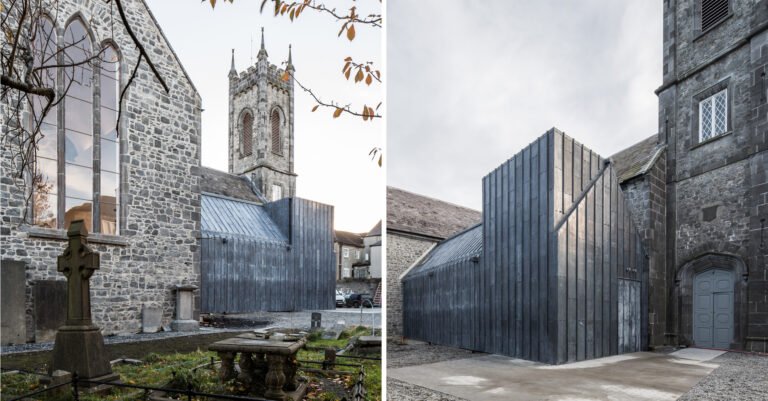National Bonsai and Penjing Museum at the National Arboretum // Trahan Architects
Text description provided by the architects.
Trahan Architects’ and Reed Hilderbrand’s design recognizes the collection of the National Bonsai and Penjing Museum, which includes trees and viewing stones from Japan, China, North America, and other international locations, as one of the finest and most extensive in the world. Located within the National Arboretum’s Core, the Museum is conceived as an immersive and cohesive garden experience, intended to evoke awe and wonder while also drawing connections to the larger Arboretum landscape.

© Trahan Architects

© Trahan Architects
The Concept Design organizes the Museum’s program around a central court, which orients the visitor to a network of paths that lead to the four exhibitions, expanded classroom, and administrative services. The exhibitions, conceived as gardens rather than buildings, blur their boundaries with the larger, surrounding garden to offer continuing revelation of surprise and discovery.
The design of the Bonsai and Penjing Museum establishes a pervasive grove of understory trees as the principal image and identity of the Museum.

© Trahan Architects

© Trahan Architects
Mixed species surround and frame the various exhibitions and the central court. The architecture is restrained and practical, deferring to the power of the bonsai.
Garden walls organize a meandering path through the display and make available multiple orientations for the bonsai — an elegant, neutral backdrop that allows generous air circulation to mitigate heat.

© Trahan Architects

© Trahan Architects
Charred wood posts and trellises rise above the exhibitions to filter light and shape a sense of enclosure. Built of durable, simple materials, the pavilions read as a unified family of structures while framing subtle cultural differences of the bonsai and penjing within..

© Trahan Architects

© Trahan Architects
National Bonsai and Penjing Museum at the National Arboretum Gallery


